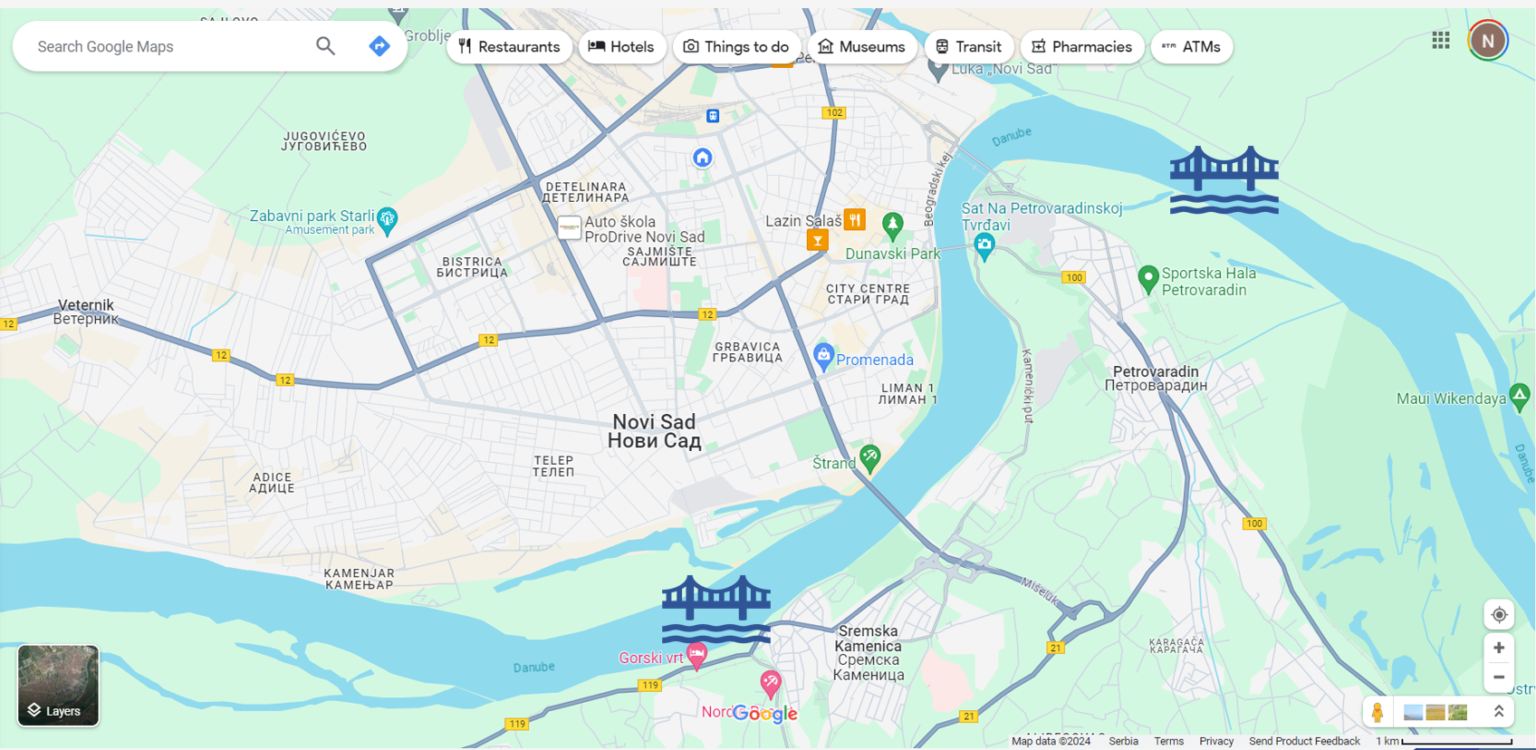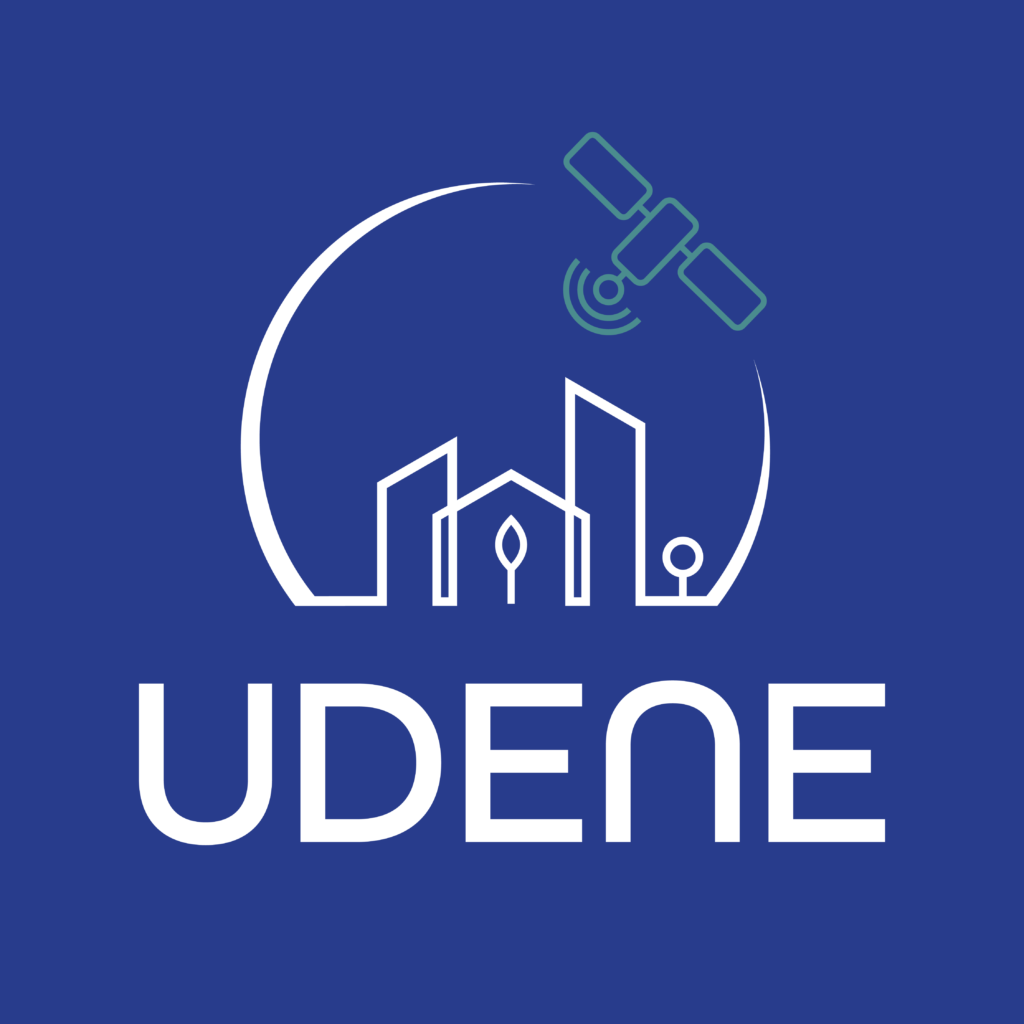Assessment of the urban development plans from environmental perspectives
UDENE Serbian partners focus on the city of Novi Sad in Serbia and analyses the effects of the construction of a ring-road on traffic congestion and air quality in the city, using local traffic metrics and aiming to make data sets easily available. The purpose and final aim of this use case is to estimate the change of pollutant emissions caused by significant transport infrastructure changes, such as building a city bypass and retouring the heavy traffic, or creation of new pedestrian and semi-pedestrian areas
In Novi Sad, there are plans for two major endeavours regarding urban development:
- Two new bridges are going to be built as part of the city outer ring, i.e. the Novi Sad bypass, to the East and South of the city. The bypass is expected to relocate a significant amount of traffic flow from the west towards the east of the city and vice versa. The goal of this case is to estimate the reduction of pollutant emissions due to the retouring the heavy traffic.
- The preserve the historical core of Petrovaradin, the oldest town within the area of the city of Novi Sad, the main street (Figure 2) is planned to be closed for the general traffic, while only public transport and delivery vehicles will still be allowed to enter. This will create one of the most notable and interesting pedestrian areas in the city. However, the street is currently very important for traffic as it is the main link between Petrovaradin and Novi Sad, and its closure will significantly impact the city transportation patterns, making many city officials fear it will cause an unacceptable increase in traffic congestion. Therefore, the evaluation of this scenario is quite important for our targeted audience and prospective stakeholders
The study area will be the city of Novi Sad, in northern Serbia located in the south of the Pannonian Plain, which makes it exposed to strong winds and large amount of dust.

